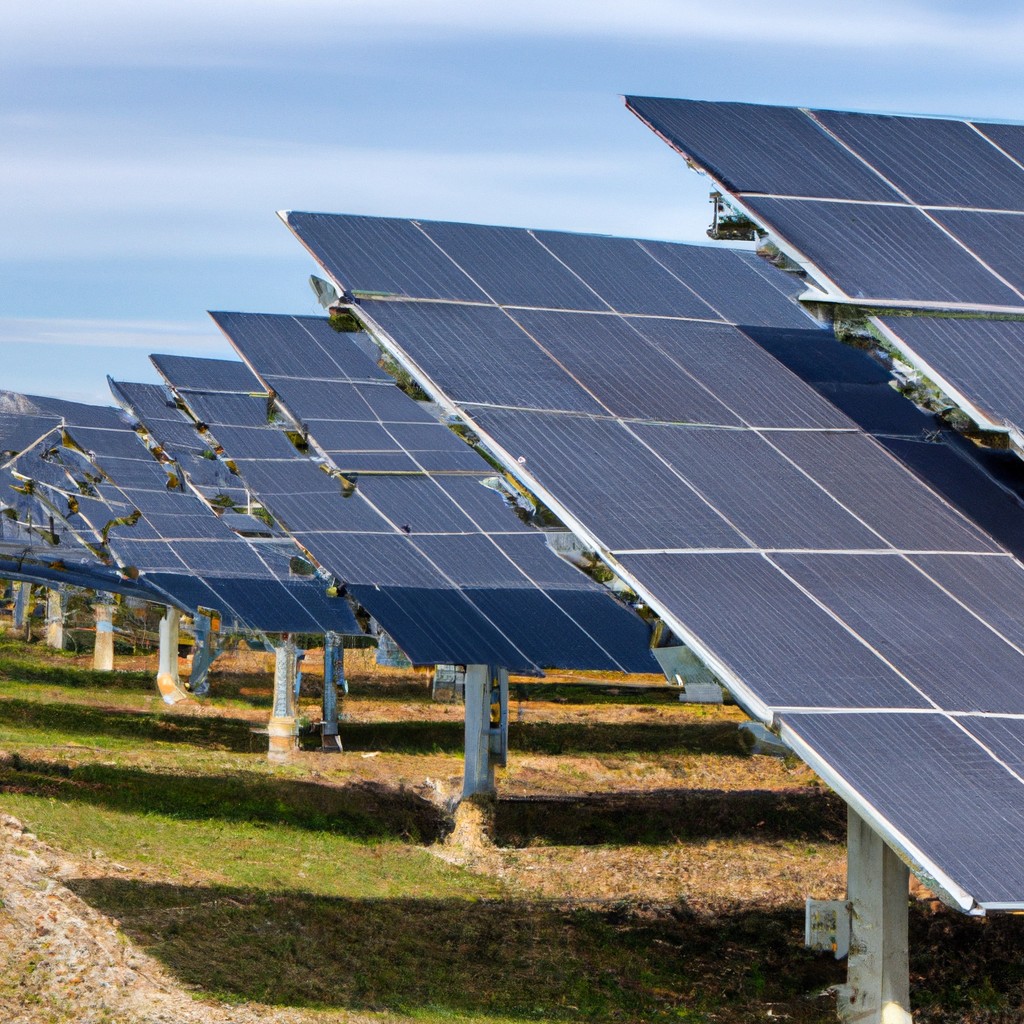Discover how much income you can generate per acre from a solar farm and understand the key factors that influence these earnings.
Key takeaways:
- Location and panel efficiency impact solar farm income.
- Maintenance and electricity prices also affect earnings.
- Income per acre can range from $1,000 to $3,000 annually.
- Upfront costs include land acquisition and panel installation.
- Challenges include weather, maintenance, land use, and regulations.
- Government incentives like tax credits and grants can boost profits.
Factors Influencing the Income of Solar Farms

Solar power—it’s like turning sunlight into cash, but with fewer sunburns.
First up, location. A sun-drenched spot will naturally generate more electricity than a cloudy one. Think of it as picking the best beach for your sunbathe.
Panel efficiency is next. High-efficiency panels can convert more sunlight into electricity, meaning more income. It’s like having a great chef who can whip up an amazing meal from just a few ingredients.
Then we’ve got the cost of land. In some places, land is as cheap as a cup of coffee; in others, it’s more like caviar. This will impact your overall profit.
Don’t forget about maintenance. Solar farms need care to stay efficient. Think of it as gardening: Neglect it, and you get weeds; tend to it, and you get roses—or in this case, more electricity.
Lastly, electricity prices. The rate at which you can sell your solar power varies. Catch a high rate and you’re in the money.
Estimating Income Per Acre
Several variables are at play when you’re crunching the numbers for how much money a solar farm can generate per acre.
First up, location matters more than you’d think. Sunshine isn’t equally generous everywhere. Areas bathing in sunlight longer each year are the sweet spots for solar farms.
Then there’s the panel efficiency. All solar panels are not created equal. Higher efficiency panels translate to higher electricity output and, you guessed it, more dollars.
Let’s not ignore the going rate for electricity. Energy prices fluctuate, making the going rate in your locale a key piece of the puzzle. Higher rates bring higher returns.
Maintenance costs? Oh, they’re real and can sneak up on you. Regular cleaning and occasional repairs take their share of the income pie.
Don’t miss out on the capacity factor—the percentage of maximum output a farm consistently meets. Higher capacity, higher income. Simple enough.
Lease agreements also come into play. If you’re renting land, lease terms could substantially affect your takeaway.
Most estimates range between $1,000 to $3,000 per acre annually. Of course, these are ballpark figures; your mileage may vary depending on the variables in play.
Initial Investment and Solar Farm Costs
First up, you’ll need some serious cash to get started – think of it as a pricey yet eco-friendly party. The initial investment includes land acquisition, which can vary greatly depending on location. A plot in sunny California? Probably more expensive than a spot in rural Kansas.
Next, there’s the cost of solar panels themselves. Quality varies, and so does the price tag. Top-notch panels may have a higher upfront cost, but they’ll save you pennies (or dollars) in the long run with greater efficiency.
Engineering and construction costs are the muscle behind the magic. These encompass everything from prepping the land to installing the panels. Remember, this isn’t an IKEA situation; you can’t just wing it with an Allen wrench.
Finally, don’t forget operational and maintenance expenses. Solar farms might not need constant TLC, but occasional check-ups are essential to keep things running smoothly. Think of it like taking your solar farm in for a spa day every now and then.
All in all, the upfront costs can be hefty, but the potential for long-term, sustainable income makes it worth the plunge.
Challenges and Risks in Solar Power Farming
Weather can be a real party pooper in the world of solar farms. Clouds and rain don’t just ruin your weekend plans—they also interfere with solar energy production.
Next up, let’s consider maintenance. While solar panels are low-maintenance, they’re not zero-maintenance. Dust, bird droppings, and even snow can reduce efficiency, making regular cleaning a necessary (yet often overlooked) chore.
Now, let’s talk about land use. In an ideal world, there’s a perfect, sunny acre just waiting for panels. In reality, the perfect spot might be someone’s backyard or a protected area, making land acquisition tricky and sometimes costly.
Another curveball—regulatory hurdles. From permits to zoning laws, the red tape can be a maze that would make even a minotaur sweat. Local regulations vary, and navigating them can be time-consuming and frustrating.
Finally, there’s technology risk. While solar tech has come a long way, it’s still evolving. Investing in the latest gadgets might feel like betting on the newest app to go viral—great if it works, but a letdown if it flops.
How Do Government Incentives Affect Solar Farm Profits?
Government incentives can significantly boost solar farm profits, turning a sunny prospect even sunnier. First, there are tax credits, like the Investment Tax Credit (ITC), which lets you deduct a whopping 26% of installation costs from federal taxes. It’s like a clearance sale you never knew you needed.
Then, we’ve got Solar Renewable Energy Certificates (SRECs). Here, for every megawatt-hour (MWh) of electricity your farm generates, you earn a certificate. These can be sold to utilities that need to meet renewable energy mandates. Think of it like vegans paying you for growing organic kale.
Don’t forget about grants and subsidies. While you won’t stumble upon a pot of gold, these can help cover those hefty upfront costs. Uncle Sam practically hands out coupons for going green.
Lastly, some states offer performance-based incentives (PBIs) that pay you based on how much energy your farm produces. It’s like getting a pat on the back with a bit of pocket money thrown in.
So, while the sunshine does the hard work, these incentives make sure your wallet feels the warmth too.




